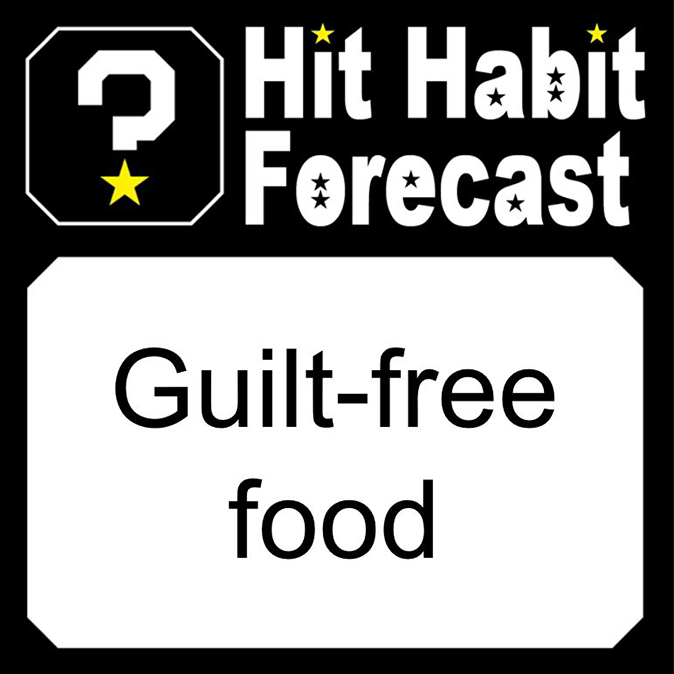- Viewpoints
Hit Habit Forecast is a regular column of the Hit Habit Makers, a group of young planners at Hakuhodo HQ that gamely stood up to say they were going to create hit habits—not hit products—as consumption shifts from purchasing things to purchasing experiences. Analyzing social media accounts and purchasing data of highly sophisticated users and conducting analysis on popular articles, etc. in a variety of media that have their fingers on the pulse of social trends, this is the bold, new challenge of forecasting hit habits that are about to break.

I’m Kenta Yamamoto of the Hit Habit Makers.
How are you all doing?
These days, the feeling of wanting to get outside and be in nature is getting stronger day by day as I continue to telework.
Having grown up in the country, being out in nature is an important source of energy for me, and I would bet that as isolation continues, a few of you are passing these days of being unable to readily enjoy leisure and outdoor activities in anguish.
I’d therefore like to discuss “green life,” a new habit to do with living with nature.
“Green life” refers to growing indoor plants at home, growing your own produce and otherwise bringing the natural environment into your immediate environs. It is something that more and more people are looking to do.

Let’s take a look at some data.
If you search “kanyō shokubutsu” (indoor/decorative plants) on Google Trends, you’ll notice that the number of searches has been increasing since April 2020, when the pandemic was declared. Increased demand for indoor plants due to the coronavirus has even been reported on the news, and it seems that more people actually are looking after decorative plants at home.
 Source: Google Trends (searches for “kanyō shokubutsu” (indoor/decorative plants))
Source: Google Trends (searches for “kanyō shokubutsu” (indoor/decorative plants))And it’s not just indoor plants. More people are also growing their own vegetables on their balcony or in their garden.
Among home centers, some stores have seen sales of kitchen gardening products rise some 20% compared to last year thanks to nesting demand.
One of my friends has recently started growing lemons, so I asked her about it. Apparently, growing lemon trees at home is relatively difficult, but that only makes it more worthwhile. Looking after her tree in downtime while working from home gives my friend a release from her highly urbanized life. As our lives have become quite distant from nature in recent times, people’s desire to bring nature to their immediate surroundings appears to be growing.
So much for increasing numbers of people growing plants at home as a result of being home more. But not everyone is in a position to look after plants at home. You need to have the right environment to grow, but many families, particularly those in the center of the city, don’t have a sunny balcony or garden. Enter services intended to help gardening “refugees” who are unable to reproduce a living natural environment at home.
I had an opportunity to speak to a farmer who operates a plantation on a green tract of land the other day. He has a surprisingly large agricultural property for the Tokyo metropolis, but is no longer able to till the land himself due to advancing years. Instead, he has divided it up into 1 m2 plots, which he lends to local citizens as rental allotments. He says that the initiative has been so well received there is a two-year waiting list. Apparently, users have made visiting their allotments to water and fertilize their plants while out on walks a habit. When I heard that, I was so jealous that they have their own private natural environments where they can grow things within walking distance of home. Simultaneously, I thought there could great potential in sharing large tracts of land, such as farmland, among lots of people, a platform that could be called “shared gardens.”

In fact, it seems that privately-owned companies and others have started to implement this trend in society at large lately. Against a backdrop of social issues involving nature and ourselves, including reduced agricultural productivity in Japan, food loss and decreasing food literacy, more companies are providing services based on concepts like “grow your own food” and “making agriculture more fun.”
One company has started a scheme to leverage its unused roof as a membership-based field. Another champions “agritainment,” where individuals enjoy farming as entertainment. It undertakes such daring initiatives as turning one apartment in a block into a community allotment where members can grow vegetables.
Reasons for this new green life habit, as mentioned earlier, include reduced opportunities to be in nature as a result of living under the pandemic and the increasing prominence of social issues involving nature, with these leading to an increase in services that make it easy for people to live the green life.
Taking a bird’s-eye view of these developments, I think that this new green life habit provides much food for thought when considering how we want to live in the future at what is a turning point in time. As people strive to obtain an accessible natural environment in their immediate environs through green life, and as we face nature-related social challenges that require governments and society to work together, I believe we are entering an age where it is more important than ever to entrench ideas and mechanisms that make meeting these needs and solving these challenges fun for sei-katsu-sha.
Lastly, let’s consider potential business opportunities related to green life.
Examples of green life business opportunities
■ A platform for sharing gardening supplies such as excess earth and fertilizer
■ A video platform or online plant consultancy where people can get information on caring for plants
■ Transforming unused land into leafy membership parks
I am hoping that I can enjoy the outdoors in the mountains and by the sea this year at least, but it’s touch and go. In the meantime, I plan to implement green life myself to enjoy a piece of nature in my immediate surroundings.

Sei-katsu-sha Experience Creative Division
















